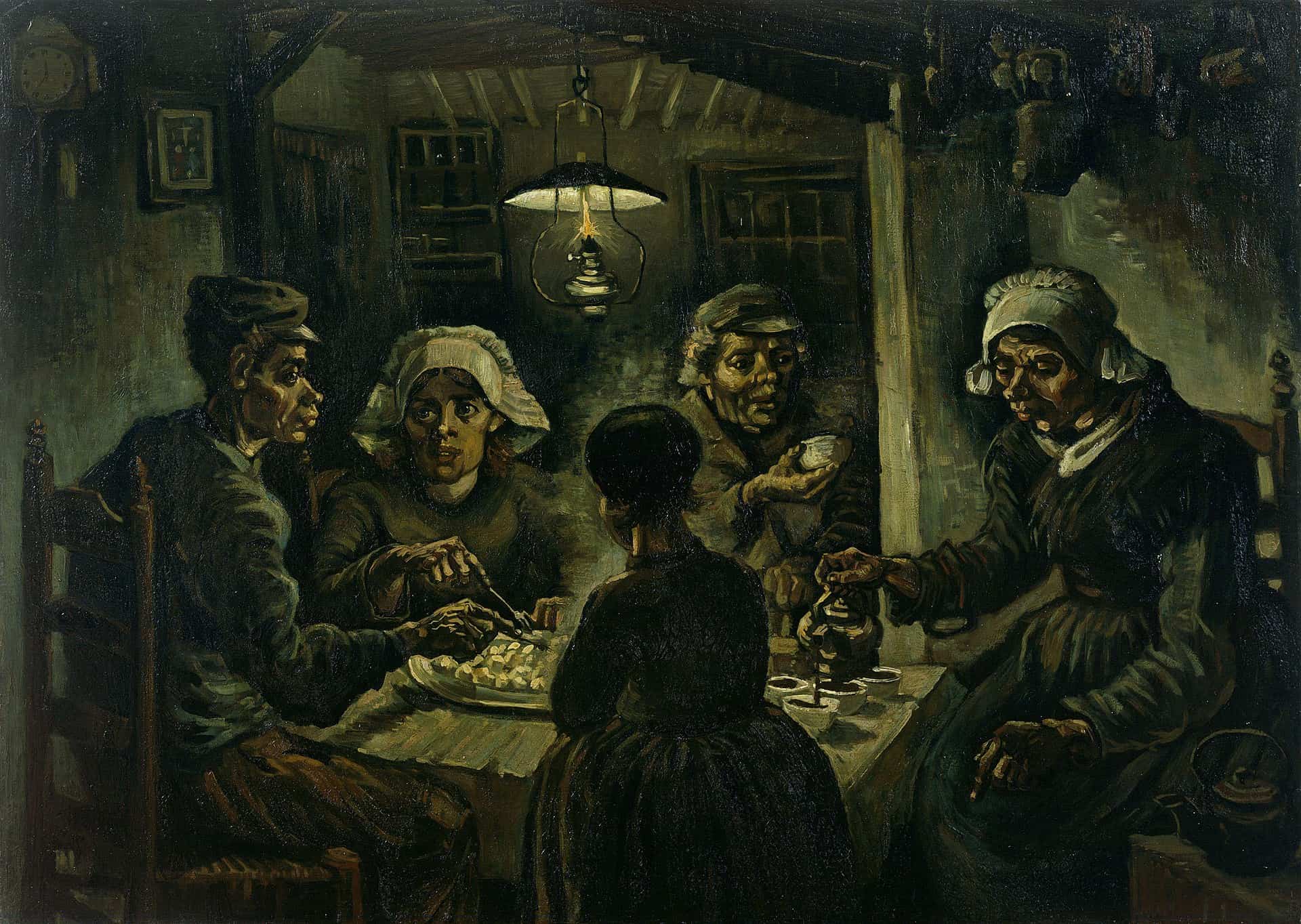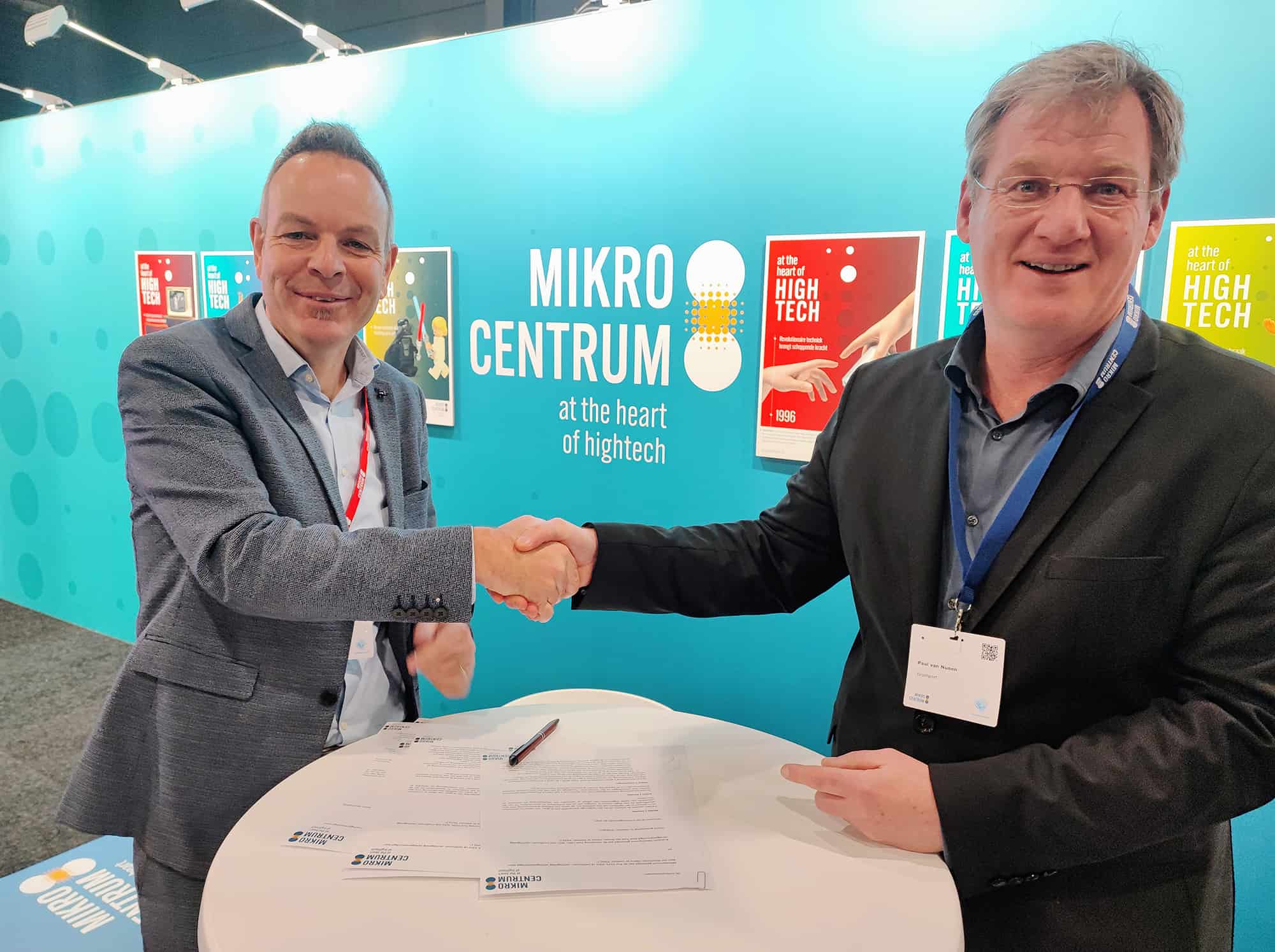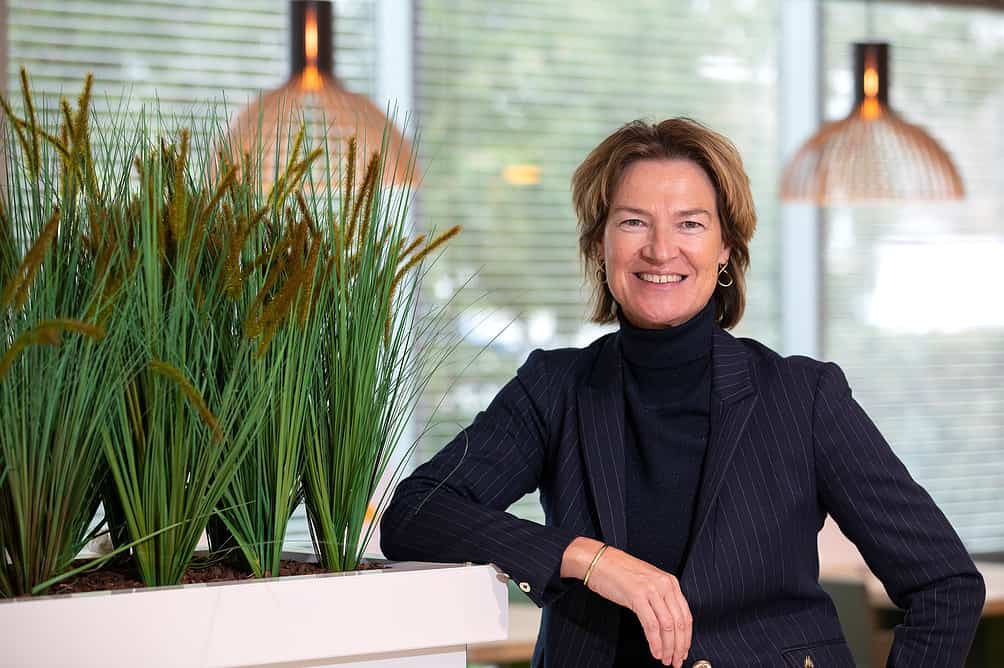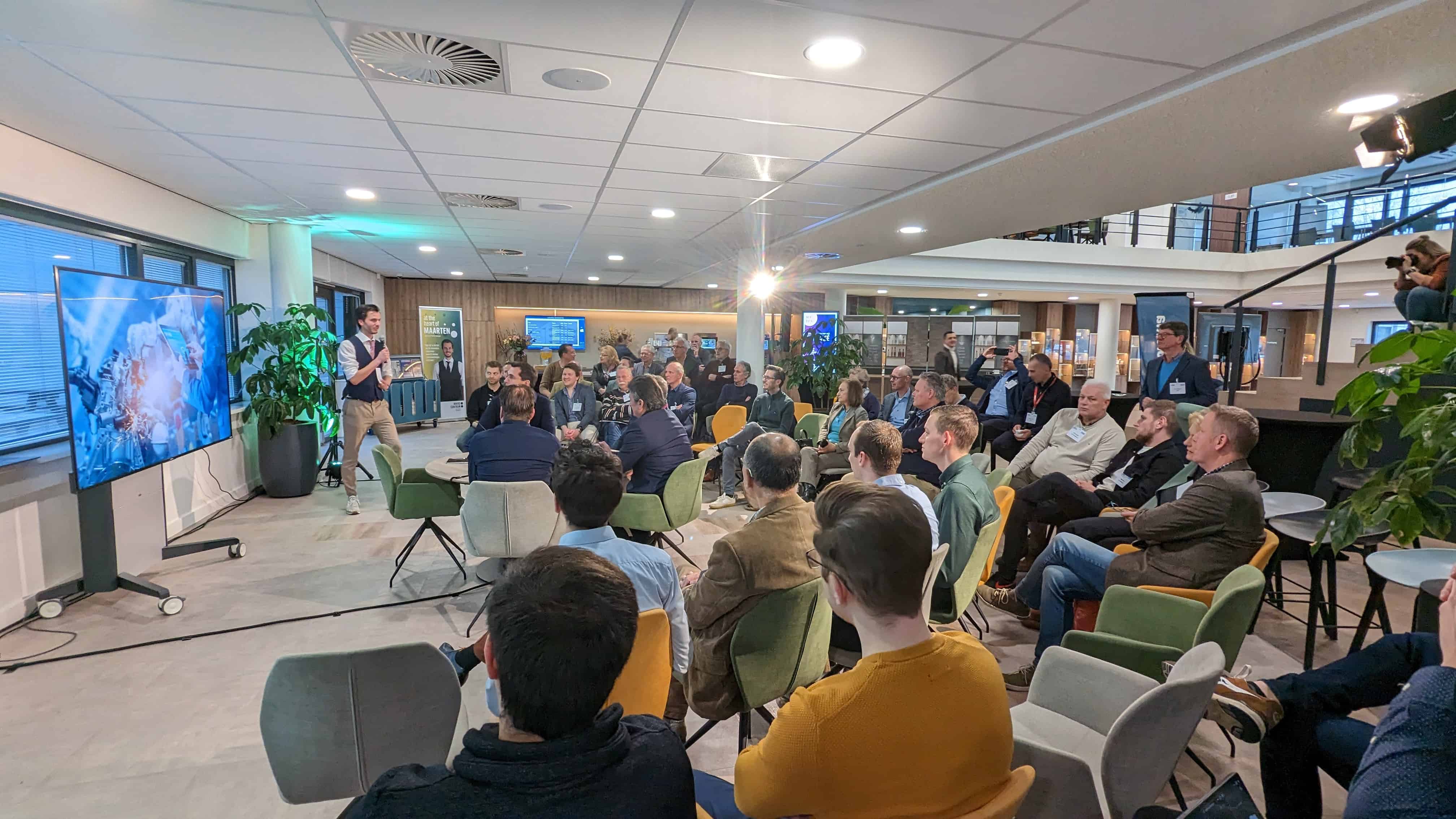
The economy in North Brabant is doing well. It is the second-largest economic region in the Netherlands. In 2021, 53 international companies settled in the province. A big contrast to the 1980s and 1990s when truck maker DAF filed for bankruptcy and electronics giant Philips undertook a major reorganization to keep its head above water.
To pull the Brabant economy out of the doldrums, the Brabantse Ontwikkelings Maatschappij (BOM) was created in 1983 at the insistence of the trade union movement. In the same year, the international trade center World Trade Center Eindhoven Brainport (WTCE/e) and the member platform of Mikrocentrum were founded.
This year, BOM, WTCE, and the Mikrocentrum member platform celebrate their fortieth anniversary. Although Brabant is in better shape now than forty years ago, these are once again turbulent times. It is up to these organizations to create (and maintain) an attractive business climate in Brabant and to maintain economic growth. How do they do that? And: what needs to be improved? We asked Brigit van Dijk-van de Reijt (director of BOM), Lianne van den Boogaard (director WTCE/e Brainport), and Bert-Jan Woertman (director Mikrocentrum).
Resilient ecosystem

When DAF and Philips were in trouble forty years ago, the region also needed resilience to come out on top. The region learned from that, Woertman believes. “We had to solve it together. That has been rewarded with success. So that’s how we found out, earlier than other regions in the Netherlands, that working together pays off.”
Woertman began his career at Philips and is co-founder of HighTechXL and AlphaBeats, among others. Since August 2021, he has been the director of Mikrocentrum, a platform organization for the high-tech and manufacturing industry dedicated to talent development and an innovative ecosystem.
We found out earlier than other regions in the Netherlands that cooperation pays off.
Bert-Jan Woertman, director Mikrocentrum
‘Linear growth does not exist’
The global pandemic and Russia’s invasion of Ukraine caused an energy crisis and major problems with supplies. Both the complicated geopolitical situation as well as increasingly complex high-tech systems call for intensive cooperation, Van Dijk-van de Reijt finds. “If anything is important, it is that ecosystems interact. That together you have enough resilience to deal with setbacks and are resilient. Originally, the goal of development companies was to stimulate growth. But growth essentially is no longer a goal; it no longer fits the world we live in.”

It has now been three years since the born and raised Brabant native traded in her job as an impact investor for the directorship at BOM. If there is one thing she learned from her long (international) career, it is that linear growth does not exist.

Under her leadership, the development company established four spearheads – technology, climate-neutral energy, sustainable food and health – that align with the biggest societal transitions. In 2021, BOM invested 118 million in start-up innovative companies, more than 90 percent of which contribute to solutions that align with these spearheads.
Increasingly, this support is taking place through the ‘venture building’ approach. The premise here is that every startup goes through four life phases, and each phase has a number of milestones. Venture building is the support method for start-ups in which the BOM and the Brabant partners measure where a start-up stands and offer the right support on that basis. This ‘Brabant-wide’ approach should lead to more successful startups.
North Brabant is getting full
No matter how good the numbers are and how well the ecosystem works together, North Brabant is getting increasingly full. In fact, the electricity grid is so full that companies were temporarily put on hold. Van Dijk – van de Reijt: “That puts a brake on the business climate. That’s why we need to take a good look at how we can realize our earning power in the future, or increase it abroad, for example. As a region, we are thinking bigger and bigger, but at the same time we are still too often diving on our regional mound.”
The BOM director just came out of a meeting discussing the trade mission to Minnesota, USA, which will take place in April. “They have a very strong medtech ecosystem there, just like in Brabant. We’re going there to connect those ecosystems.”
They also agree with that at WTCE/e Brainport. The trade center is part of an international network of three hundred other WTCs. Its mission is both to encourage companies to think beyond national borders and to bring foreign countries to Brainport. “We organize contact and knowledge exchange meetings where entrepreneurs who have already taken this step talk about their experiences to other entrepreneurs. You can get it from a book, but people who are already doing international business themselves make much more of an impression,” said Van den Boogaard, who has been director of WTC/e Brainport for thirteen years.

‘Veldhoven is just short of Amsterdam’

While Brabant companies need to focus more on the international market, at the same time they also attract foreign countries to the province. In this, it is of great importance that everyone in the region can keep up, Van den Boogaard believes. “Veldhoven is just short of Amsterdam. English is spoken more and more on the street. You see it in the supermarket and in the programming of theaters. The region is strongly influenced by the growth of ASML and the entire chain around it. The jump in scale that companies in our region are making is enormous, it is a big challenge to get everyone on board.” WTCE, therefore, supports SMEs in digitalization so they can connect with the rest of the chain.
On “The Potato Eaters,” you see a large family sitting at a table around a pan of potatoes. That really says it all. We are used to sharing and being considerate of each other.
Lianne van den Boogaard, director WTC/e Brainport
Equally important is that the Brabander be included, Woertman notes. “ASML is very abstract for many people. But it is precisely important that the hairdresser and the cab driver are also informed about what is happening. The growth of our ecosystem demands something of the whole society. Houses need to be added, infrastructure built.”
Recurring theme in discussions with the leaders of the three largest network organizations in Brabant is collaboration. Van den Boogwaard refers to a painting by Vincent van Gogh. “In ‘The Potato Eaters,’ you see a large family sitting at a table around a pan of potatoes. That actually says it all. Traditionally, Brabanders are Catholic. A family with ten, eleven, twelve children was quite normal at the beginning of this century. Food, clothing, your place to sleep: we are used to sharing and being considerate of each other.”

